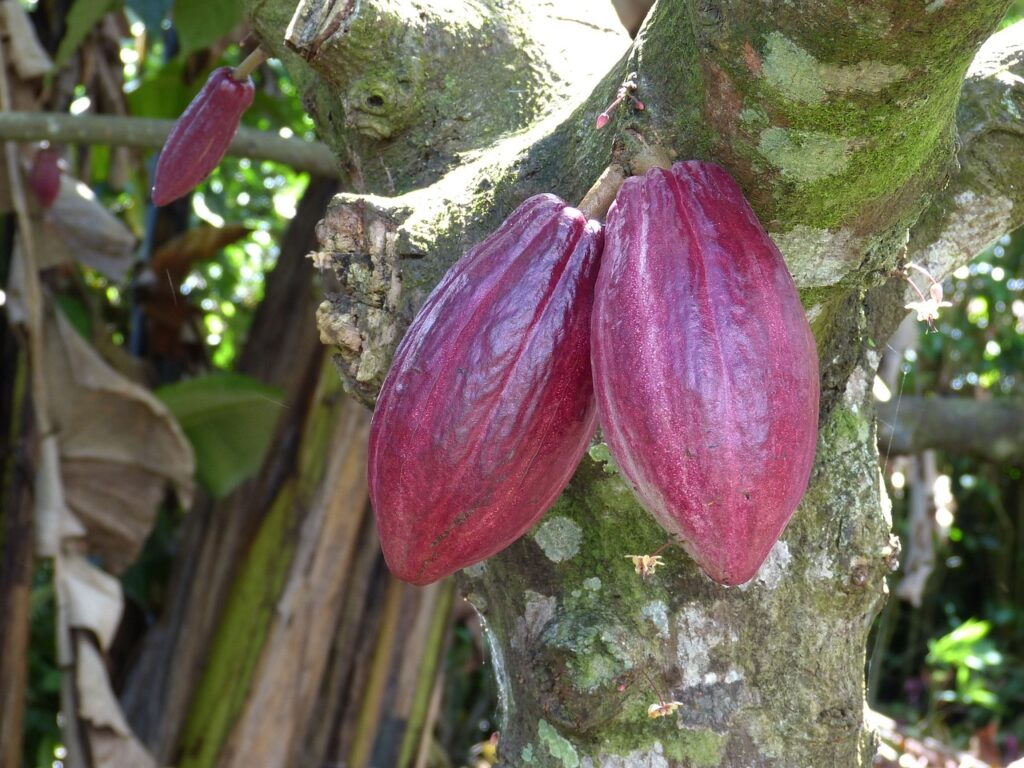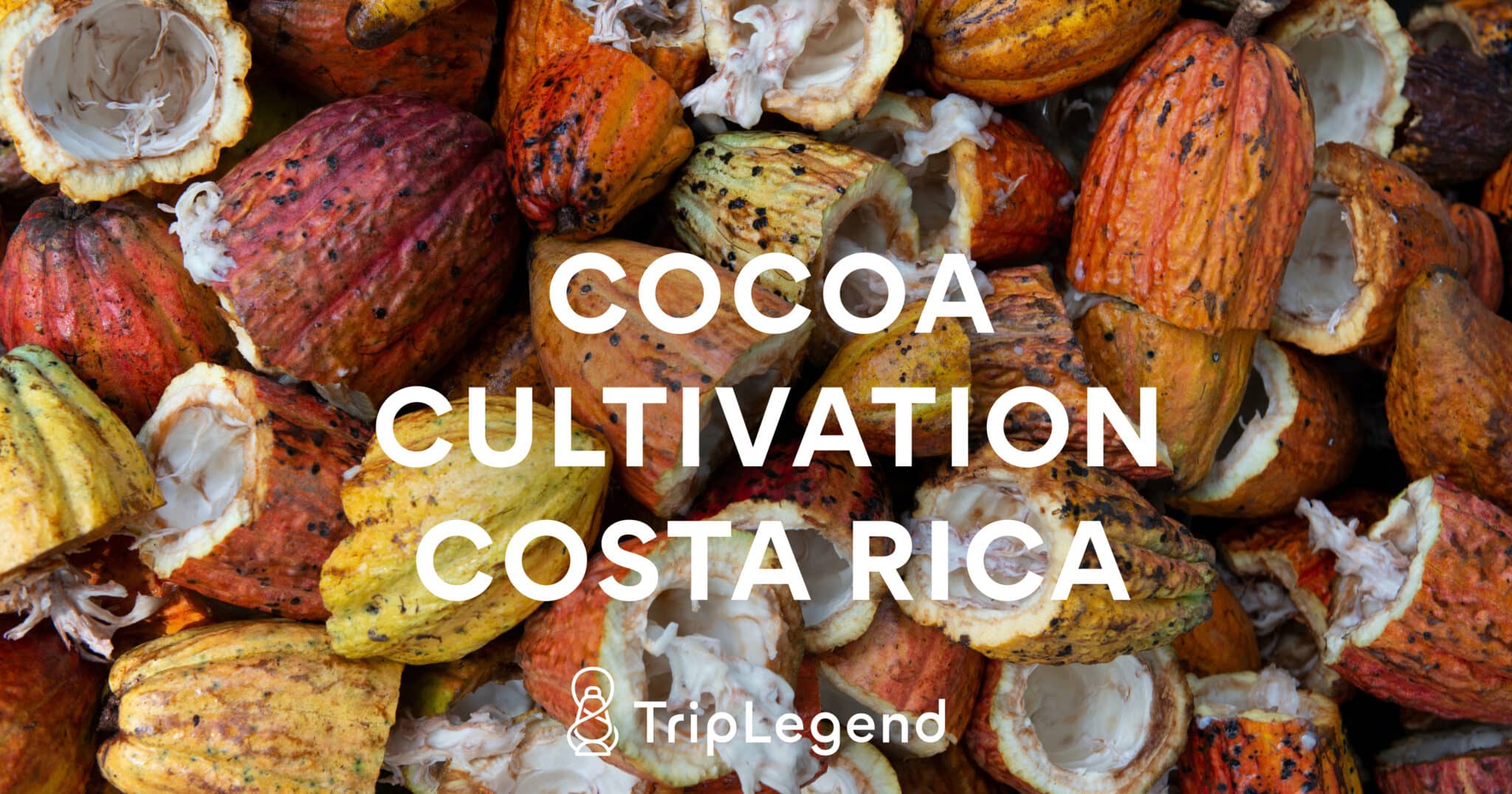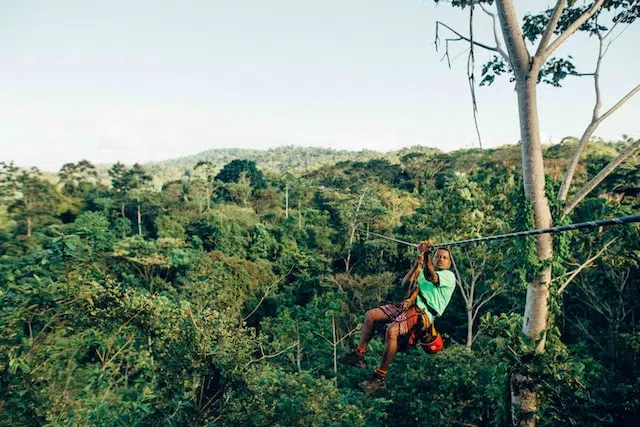Cocoa cultivation in Costa Rica can be traced from the tree to the bar. Costa Rican cacao has an exceptional quality and a unique taste! The locals see it not only as food, but as a part of their tradition and culture. There is a rich and fascinating history of cacao growing, harvesting and processing on the country's remote farms. In this article, we will explore this history and take a look at the uniqueness of this industry.
History of cocoa cultivation in Costa Rica
The history of cacao in Costa Rica dates back to the time of the indigenous natives, who integrated the cultivation and processing of cacao into their culture. They used cacao as currency, in their religious ceremonies and as a drink that was considered strengthening and healing.
After the arrival of the Spanish in the 16th century, cacao continued to be cultivated and exported during the colonial period, but production remained relatively small until the 20th century. In the 1950s, however, the cacao industry experienced a boom when Costa Rica began selling its cacao on the international market.
Until 1979, cocoa remained one of Costa Rica's most important exports. However, in that year, this industry was hit by a fungal disease that broke out nationwide and led to a massive drop in production of 95%.
In the following decades, cacao cultivation experienced a renaissance and became an important industry in the country. Costa Rica's cocoa became internationally recognized and is now one of the highest quality cocoas in the world.

Cultivation and harvesting methods of cocoa
The cultivation of cacao in Costa Rica is usually done on small farms run by families or by communities. These farms mostly grow varieties such as Criollo and Trinitario grown, which are known for their delicious taste and qualities.
- Criollo: is considered a fine cocoa. It has a fine, floral aroma and a slightly acidic to bitter taste.
- Trinitario: is a cross between Forastero and Criollo. The aroma is fruity-sour and spicy.
Cultivation of cocoa begins with the preparation of the soil and the planting of seeds or plants, which are planted in shade growing systems. The shade trees provide protection from the sun and create habitat for animals and plants that are important for the ecosystem.
The cacao fruits are oval-shaped berries that consist of different colors, from green to red. These berries are harvested by hand and mostly processed on the farm. The harvest takes place twice a year, since the cacao ripens almost all year round.
The processing of cocoa takes place in several steps. Initial steps include opening the fruit to separate the beans from the white pulp. The beans are washed by hand and passed through a fermentation process. This process usually takes several days and is important to develop the flavor of the cocoa.
After fermentation, the beans are dried either outdoors or in drying ovens. This process can take several weeks, depending on weather conditions. Once the beans are dried, they are sorted and transported for further processing or export.
In some farms, the cocoa is also processed into chocolate. This is sometimes produced on site and marketed by small local companies.

Chocolate Museum, San José
The Chocolate Museum in San José, Costa Rica, is an interactive museum dedicated to the history and culture of cacao and chocolate in Costa Rica.
The museum offers you a glimpse into the history of chocolate, from its beginnings to modern chocolate making. There are also interactive exhibits, including a demonstration of the chocolate making process and a chocolate fountain from which you can sample chocolate.
The museum also offers chocolate making workshops and classes where you can make your own chocolate.

Cocoa and chocolate tourism
In addition to the Chocolate Museum, there are many other opportunities to learn more about the aromatic cacao farming in Costa Rica:
- A popular tour is the Cocoa Tour in Puerto Viejo, where you will have the chance to observe the process of growing and processing cacao. The tour also includes a tasting of chocolate and other sweet treats.
- Another popular tour is the Chocolate Rainforest Touroffered by various operators in Costa Rica. This tour offers visitors an insight into the cultivation of cacao in the country's rainforests and includes a chocolate tasting.
- For all the adventurous there is also a Chocolate Zipline Tour in Monteverde, where you'll take several ziplines through the forest and enjoy a chocolate tasting at the end.

Sustainability
In the case of cocoa cultivation in Costa Rica, there are a number of measures in place to sustainable design. Some of these measures include:
1. organic cultivation: In Costa Rica, organic cultivation of cacao is practiced to avoid the use of pesticides and chemical fertilizers and to protect the soil and plants.
2. community projects: The local community is involved in the cultivation of cocoa to ensure that yields are shared fairly and the country's economy is strengthened.
3. vertically integrated cultivation: Some cocoa producers have implemented a vertically integrated business model, where they control the entire value chain, from planting cocoa to processing and marketing chocolate. This increases transparency and control over the cultivation and processing of cocoa and leads to fairer wages for workers.
4. use of renewable energies: Some cocoa producers are using renewable energy to reduce energy costs and carbon footprint and make their facilities more sustainable. This includes solar energy or biomass heating to power drying facilities, for example.

Cocoa farming in Costa Rica
Cocoa cultivation in Costa Rica offers not only exciting insights into the world of chocolate making, but also a diverse and fascinating travel experience. Costa Rica is known for its numerous National Parks and nature reserves, which are home to an incredible diversity of flora and fauna. Also Activities like hiking, climbing, rafting and ziplining offer you the opportunity to experience the country in a unique way. Therefore, a trip to Costa Rica is not only a culinary experience, but also a unique opportunity to get to know the beauty and diversity of this country and create unforgettable memories.
For more travel inspiration follow us on Instagram and Pinterest.




